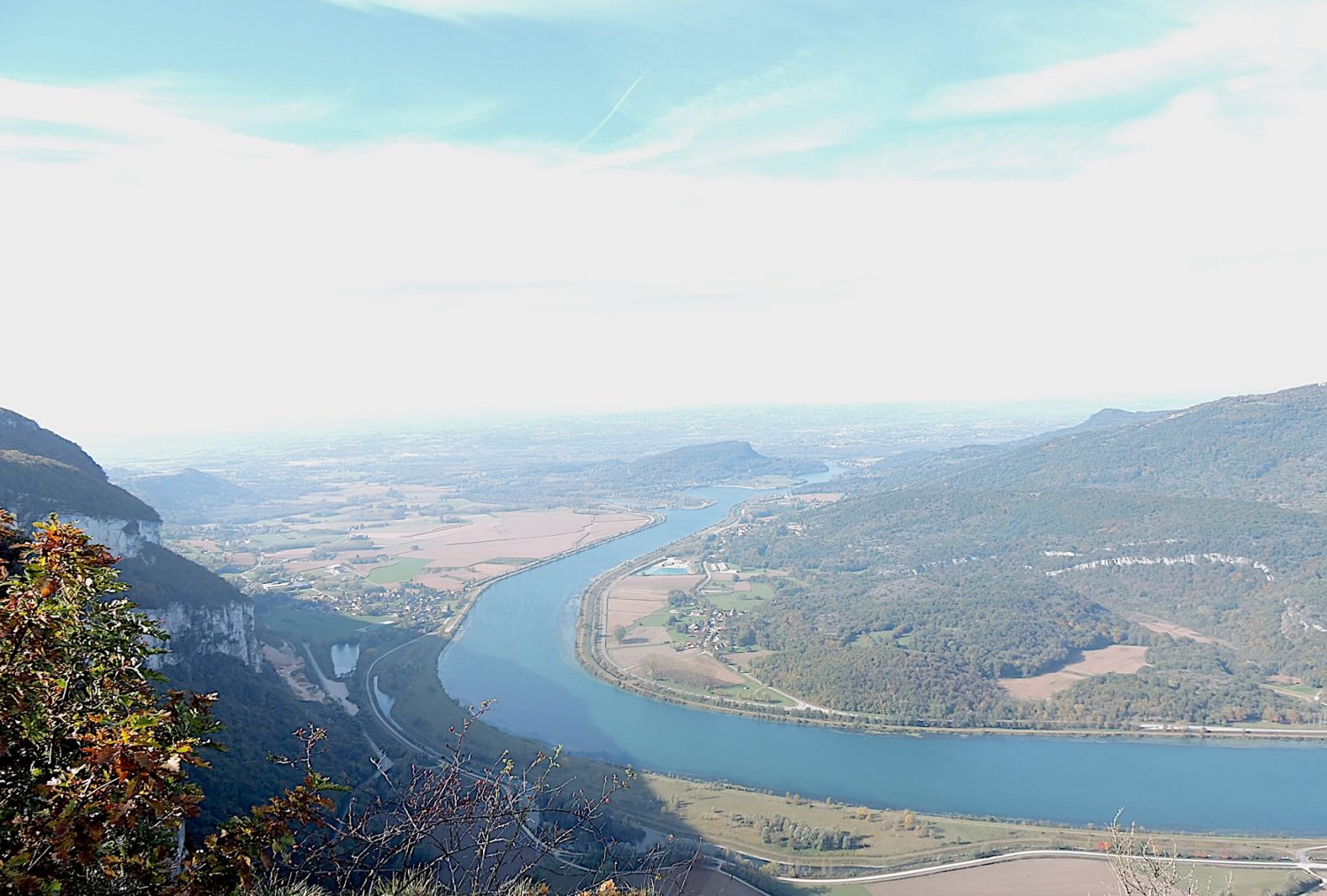To open the map, click in the rectangle at the top right. It is an interactive map that allows you to visualize this route in the context of France. The circles correspond to the end of each stage. By clicking on these circles, you will have access to the information that Google gives for these places (images, some accommodations, routes, etc.). It could also help you sometimes, even if this information is more for people who drive around, not on foot, like you ……
Here are the stages on Via Gebennensis. Click on the stages to open them:
05: Yenne to St Genix-sur-Guiers
05: St Genix-sur-Guiers to Paladru Lake
07: Paladru Lake to La- Côte- St André
08: Côte St André to Revel-Tourdan
09: Revel-Tourdan to Auberives-sur Varèze
10: Auberives-sur-Varèze to St Julien Molin-Molette
11: St Julien Molin-Molette to Les Sétoux
12: Les Sétoux to La Papeterie
13: La Papeterie to Queyrières
14: Queyrières to Puy-en-Velay
You can either enter the stage of your choice or follow the navigation from one stage to the next. Have a good trip.
